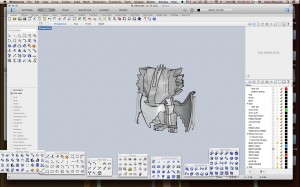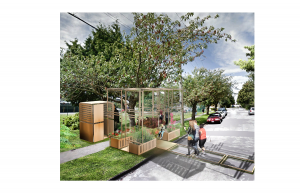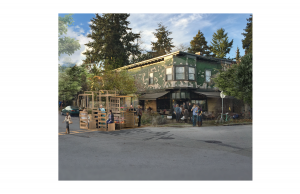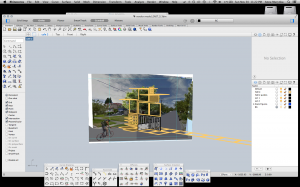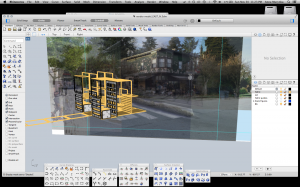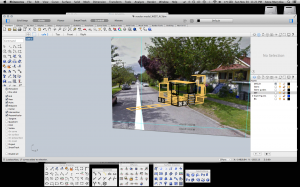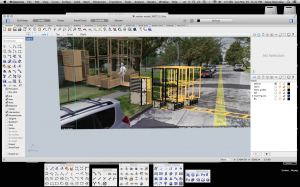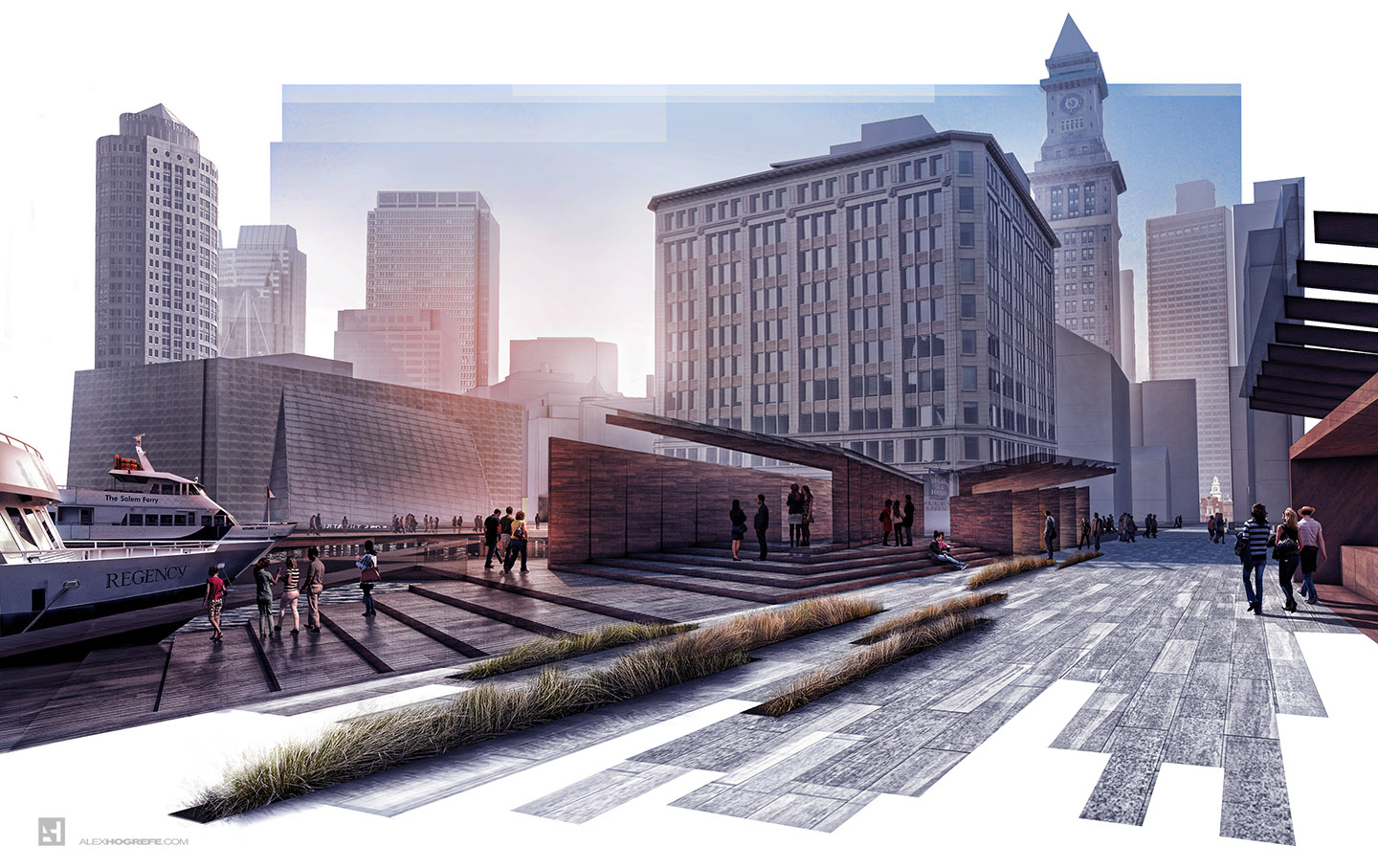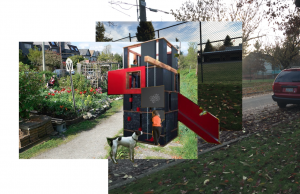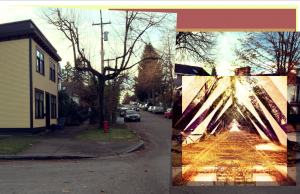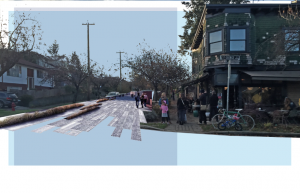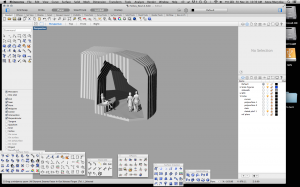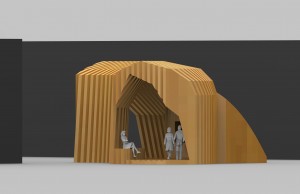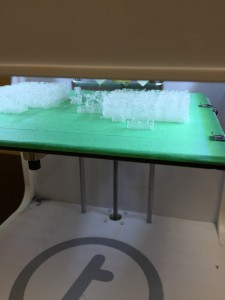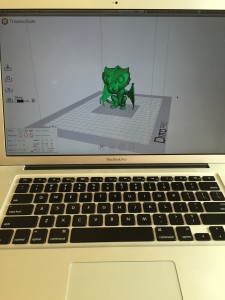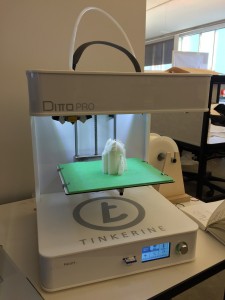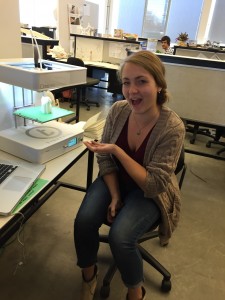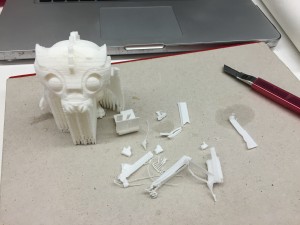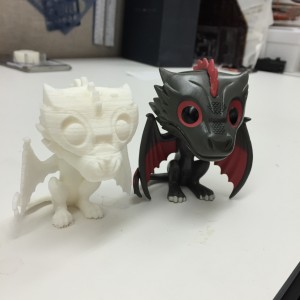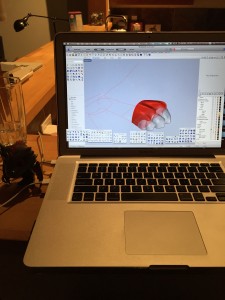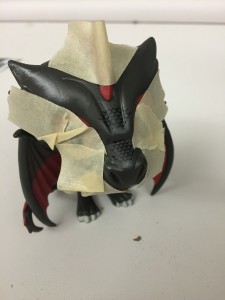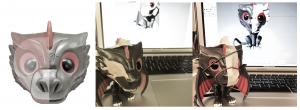Liyang and I, having scanned and scaled and the physical section cuts, then went about importing them into 3D modeling space. Andy gave us the great tip that the saw mill cuts out ~2mm, so we used this in addition to our measurements to arrange the cut reference files.
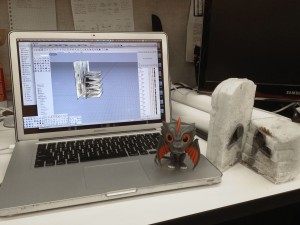
We were careful to be neat with our layers, labeling, and organization.
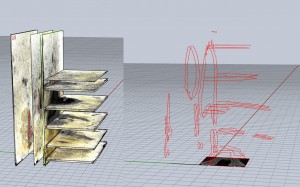
We then began to tackle the body in parts. For example, with the head, we found a plane of symmetry, mirrored the reference lines, and began to form a network of curves.
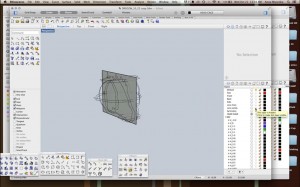
The next step is to work with solids; we experimented with different ways of forming solids and booleaning them.
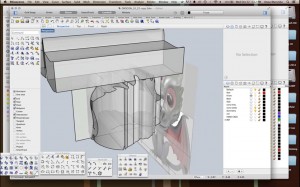
We found that our section cut references were not informative enough on their own, so we supplemented them with imported elevations. We also frequently referred to the physical toy, feeling it and examining it.
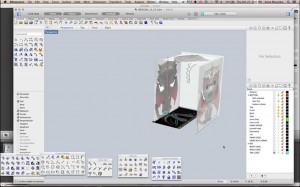
Other parts of the figure included the torso, feet/legs, wings, and tail.
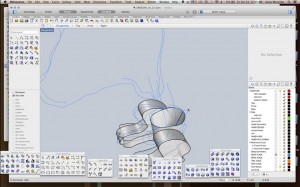
Some methods yielded convoluted results. This is definitely a process of trial and error.
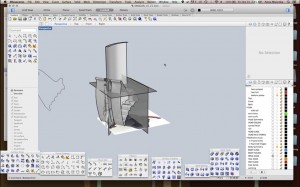
Many techniques used in combination lead to the best accuracy and intricacy.
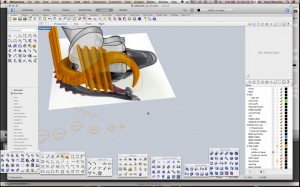
Here’s the screenshot of the current state of the model. Not there yet, but well on the way:
